What are Metal Shredders and How Do They Work?
Metal shredders are an essential tool in various industries, playing a crucial role in recycling, waste management, and resource optimization. These powerful machines have become indispensable for processing and reducing the size of various metallic materials. In this comprehensive article, we will delve into the world of metal shredders, exploring their functionalities, applications, and how they work.
Metal shredders, also known as metal crushers or metal choppers, are mechanical devices designed to break down large metallic objects into smaller, more manageable pieces. They are commonly used to recycle scrap metal, reduce the volume of metal waste, and prepare materials for further processing. Metal shredders come in different shapes and sizes, ranging from small units suitable for household use to large industrial-grade machines capable of handling tons of metal every day.
Applications of Metal Shredders
Scrap Metal Recycling: One of the primary applications of metal shredders is in scrap metal recycling plants. These machines efficiently shred various types of scrap metal, such as steel, aluminum, copper, and more. Recycling scrap metal helps conserve natural resources, reduces energy consumption, and minimizes the environmental impact of metal production.
Waste-to-Energy Plants: Metal shredders play a vital role in waste-to-energy facilities, where they process metal waste to extract valuable materials while generating energy from non-recyclable portions. This process promotes sustainability and reduces the burden on landfills.
Automotive Industry: The automotive sector extensively uses metal shredders to dismantle end-of-life vehicles. By shredding the vehicles into smaller components, valuable materials can be salvaged, and hazardous substances can be safely disposed of.
Steel Mills and Foundries: Metal shredders are integral in steel mills and foundries, where they prepare metal scrap for remelting and casting processes. Shredded scrap metal can be melted down and used to produce new products, reducing the need for raw materials.
Metal Shredder Crusher
How Metal Shredders Work
Metal shredders operate on a straightforward principle – they use sharp blades or hammers to cut and tear through metallic objects, breaking them into smaller pieces. Let's dive into the step-by-step process of how these shredders work:
Feeding and Hopper: The metal pieces to be shredded are fed into the shredder through a hopper. The hopper guides the material to the cutting area, ensuring a continuous flow for efficient shredding.
Recommended article:
What are the uses of handheld inkjet printers?
Enhancing Safety and Quality Control: The Importance of Glove Leak Detection Machines
The Versatility and Efficiency of Rubber Conveyor Belts
Rubber Conveyor Belt: A Backbone of Industrial Efficiency
How does a hot pressing machine work?
Vertical Mast Lift: Enhancing Efficiency and Safety in Elevated Work
Articulating Boom Lift: Enhancing Reach and Versatility
Shearing or Hammering: Once the metal pieces enter the shredder, the blades or hammers go to work. In shear-type shredders, two counter-rotating shafts equipped with blades shear the metal into smaller pieces. On the other hand, hammer-type shredders use rotating hammers to pound the metal until it breaks apart.
Screening and Sorting: After the initial shredding process, the smaller metal pieces pass through a screen that helps sort them by size. This step ensures uniformity in the shredded material and separates any undersized pieces for further processing.
Magnets and Separators: In some cases, metal shredders include magnets and separators to extract ferrous and non-ferrous materials. Magnets attract and separate ferrous metals like steel, while non-ferrous materials such as aluminum are sorted using eddy currents.
Collection and Further Processing: The shredded metal pieces are then collected and transported for further processing, such as smelting, melting, or recycling. These processed materials can find new life in various manufacturing processes.
Benefits of Metal Shredders
Metal shredders offer numerous advantages that contribute to their popularity in various industries:
Resource Conservation: By recycling and reusing metal, shredders help conserve valuable natural resources, reducing the need for mining and extraction.
Waste Reduction: Shredders significantly reduce the volume of metal waste, enabling efficient storage and transportation.
Energy Efficiency: The recycling process consumes less energy compared to producing metals from raw materials, leading to lower carbon emissions.
Cost Savings: Industries that utilize metal shredders can save on raw material costs and waste disposal expenses.
Conclusion
In conclusion, metal shredders are indispensable tools in modern industry, playing a critical role in recycling, waste management, and resource optimization. They efficiently break down large metallic objects into smaller, reusable pieces, promoting sustainability and resource conservation. From scrap metal recycling to automotive dismantling, metal shredders find applications in various sectors, offering numerous benefits to businesses and the environment. We are a metal shredder supplier. If you are interested in our products, please contact us now!
Choosing the Right Bottle Bagging Machine for Your Packaging Needs
Why are Single-Line Diagrams important in electrical engineering?
Vane Compressors: Efficient and Reliable Air Compression Technology
Advantages of Electric Wheel Loaders
The Laser Cutter Revolution: Transforming Design and Manufacturing
Factors to Consider when Choosing a DC TIG Welding Machine
Exploring the Difference between Rotary and DTH Drilling
Related Articles
-
Enhancing Efficiency and Precision: The Advantages of CNC Pipe Threading Lathes
-
Understanding the Pricing Factors of Portable Pipe Cutting Machines
399
0
0
-
Unlocking Precision and Efficiency: How Fiber Laser Cutting Machines Work
385
0
0
-
Mushroom Grinding Machine: Revolutionizing the Processing Industry
-
Fixed Towing Cableways as a Transport Solution
449
0
0

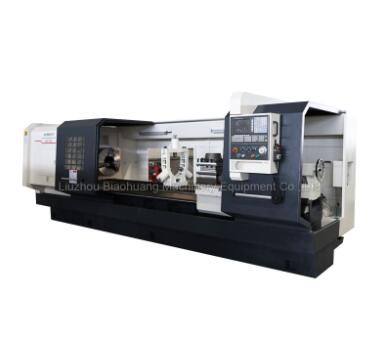
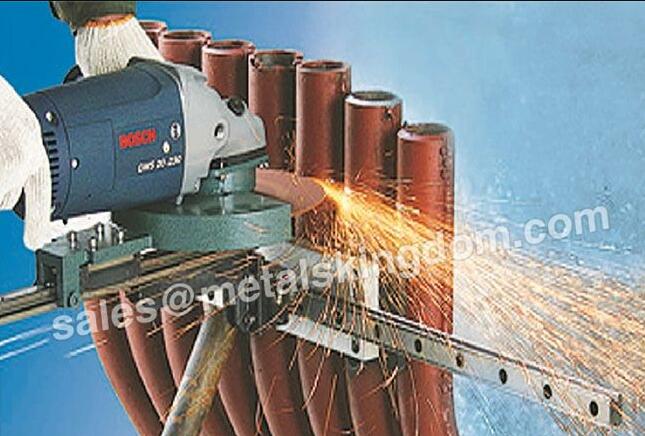
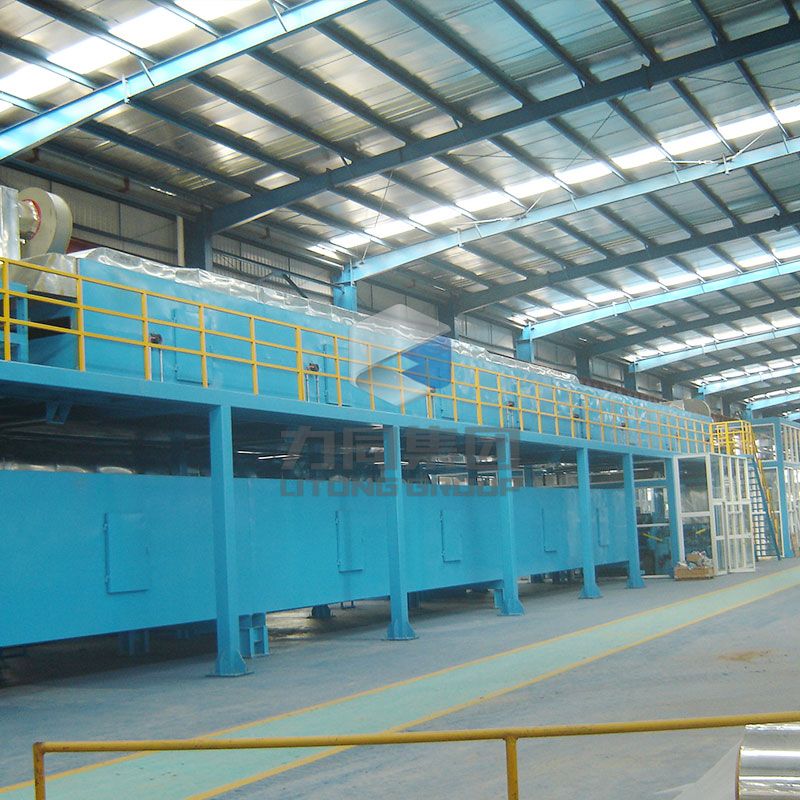
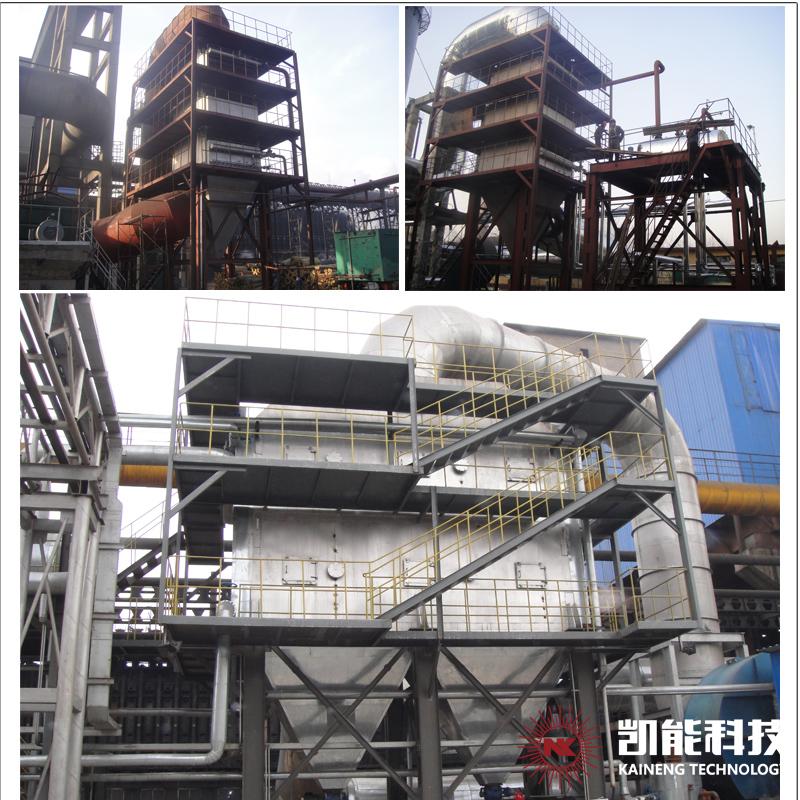
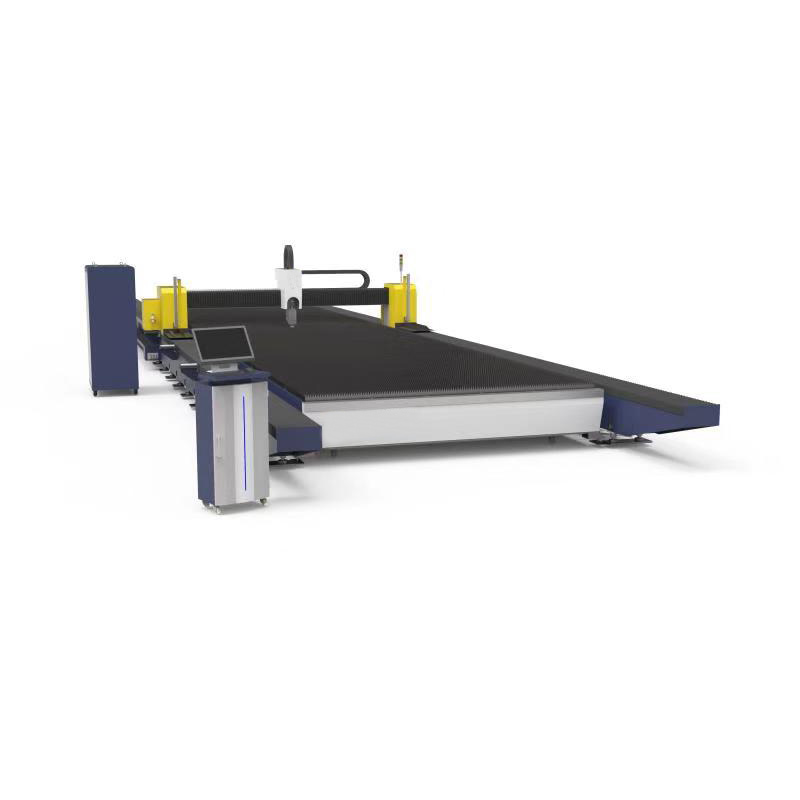


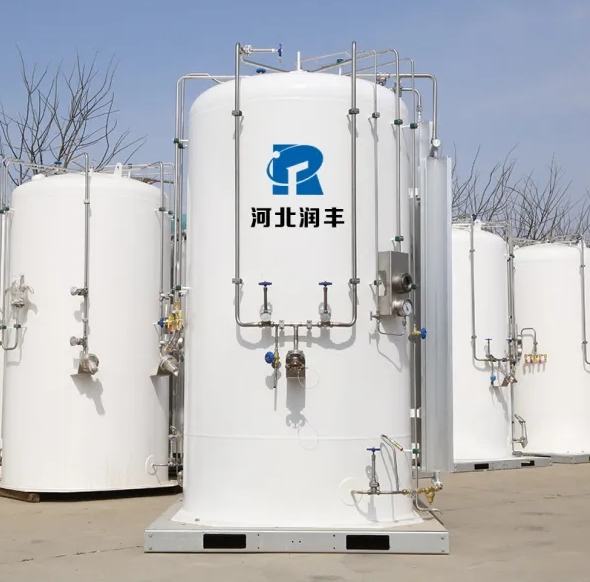
Comments
0